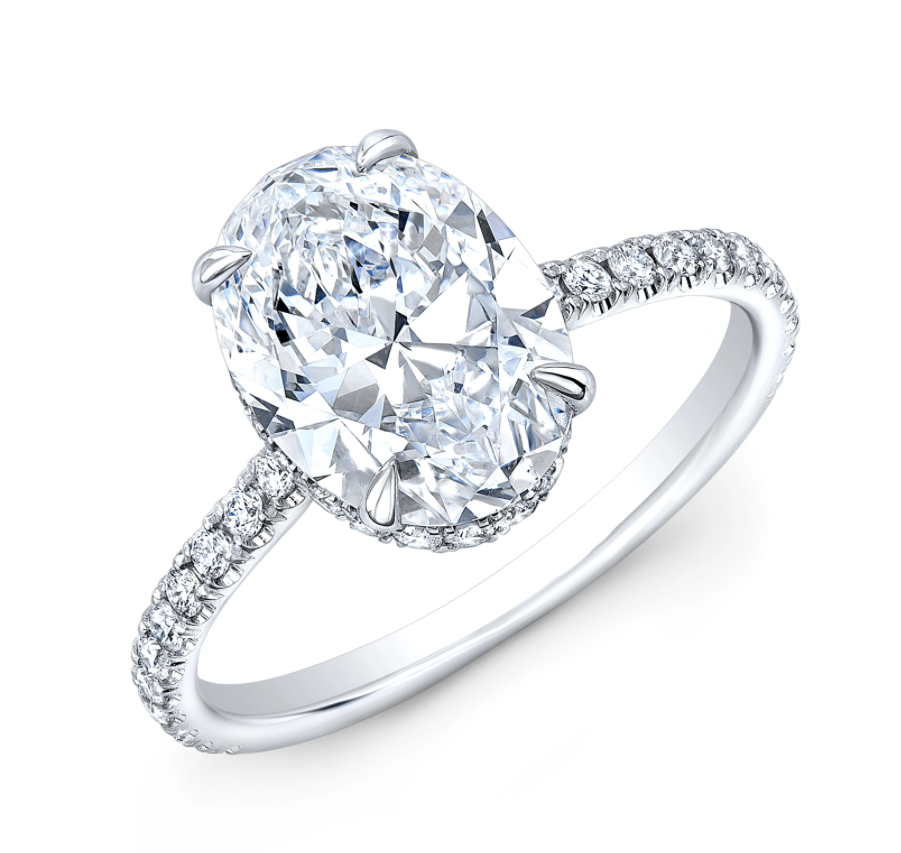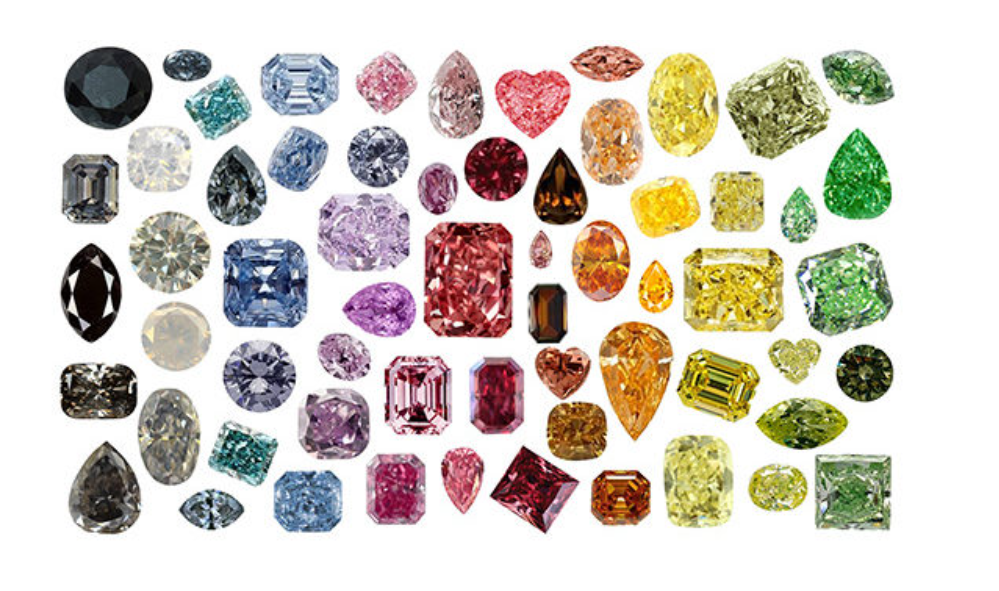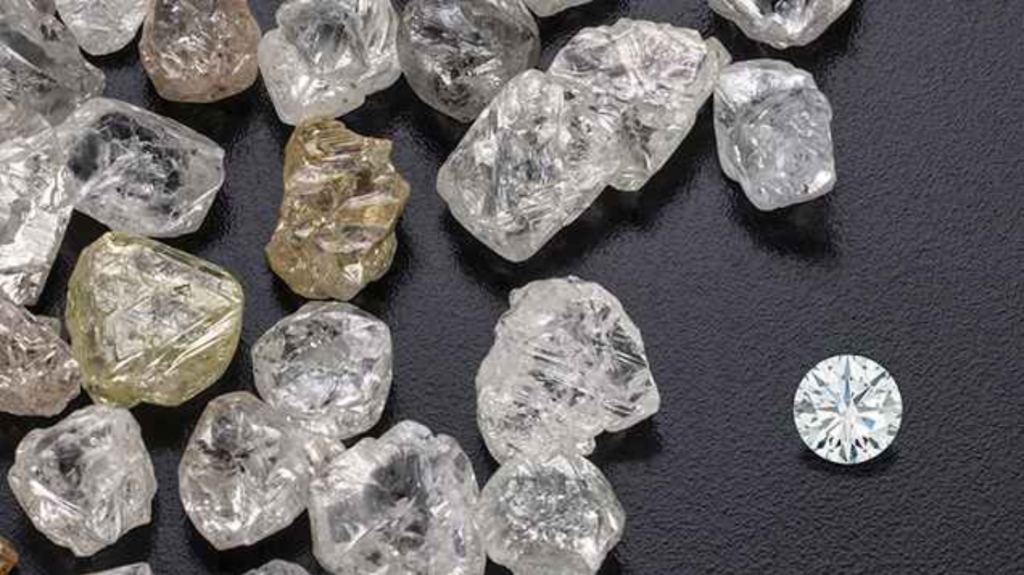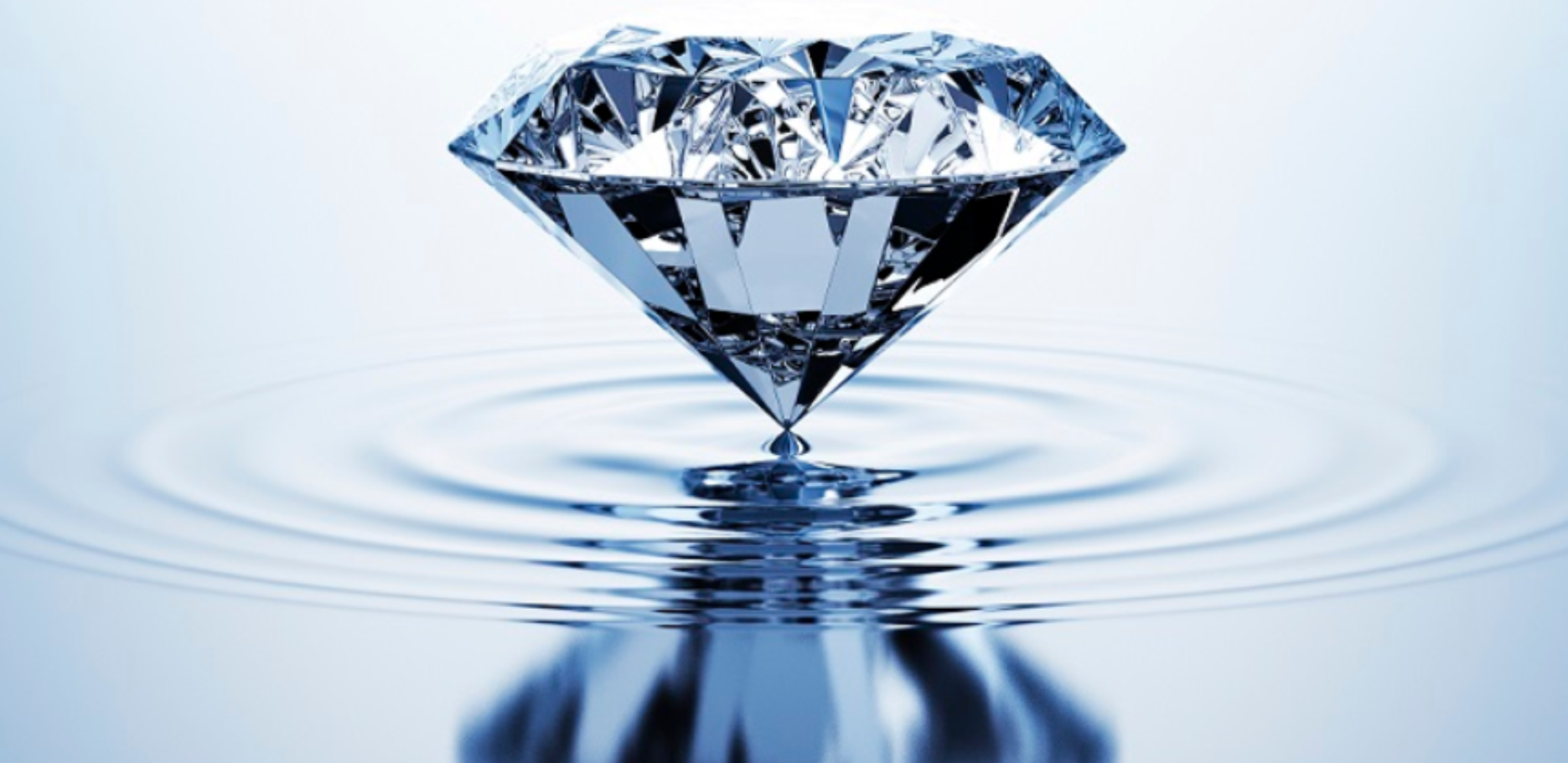Diamonds are a miracle of nature and the hardest mineral on Earth. It is 58 times harder than the hardest natural substance. Nevertheless, people managed to tame it and devise methods of bringing out its dazzling brilliance. Since then, it has become an irreplaceable part of the most beautiful jewelry created by the human hand.
Beauty that delights forever
Due to their unique characteristics, diamonds maintain their beautiful appearance with minimal care and their brilliance does not fade with time. They are resistant to mechanical and chemical damage, and they can withstand even extremely high temperatures. These features make them the perfect piece of jewelry. The combination of diamond and gold creates a perfect piece of jewelry of truly immortal beauty.
A gift for any occasion

The universal beauty of diamonds suits everyone, regardless of age or style. Their pure beauty creates stylish combinations with any color of gold or any other gemstone. It is a truly timeless elegance that fits both special occasions and every day. If you are looking for the perfect gift, we recommend simple diamond earrings, a luxurious ring, tiny studs, or a necklace.
Love for life
Fashion trends change constantly and come back on a regular basis, but diamonds remain timeless. They never go out of style, and being part of your engagement rings and wedding bands, they always remain your best choice. For centuries, the perfect engagement ring has looked the same: exquisite design, classic gold, and a distinctive single brilliant, the so-called solitaire.
Diamonds have also taken a permanent place in wedding rings. In combination with gold or platinum, they are the perfect symbol of eternal love.
Do you know the difference between a diamond and a brilliant? A diamond is a mineral – a precious stone. A brilliant (from the French word “brilliant” meaning “bright, shiny”) is a diamond cut in a special way: it has a total of 57 facets, 32 at the crown and 24 at the base.
A touch of luxury
Diamonds decorated the most important elements of jewelry in the history of mankind: crowns, the legacy of eminent dynasties, family jewels passed down from generation to generation. They symbolized prosperity and luxury. We buy them not only for their beauty but also as a good investment. The value of diamonds rises regularly by 5 to 10% annually and has only decreased twice in the last hundred years.
A unique color palette

A diamond is one of the few gemstones that can be found in nature in all colors and combinations, most often ranging from white to yellow.
Did you know that only one diamond in 10,000 is colored? We call them fancy diamonds.
- Yellow diamonds are the most popular apart from colorless ones. They can reach a high degree of saturation and have a distinctive and unique appearance.
- Brown diamonds are also among the most popular. They were formerly used for jewelry by the Romans. Today, those with light brown color with a shade of yellow are the most desirable and we call them champagne diamonds.
- Black diamond is considered to be one of the most desirable. It creates the most beautiful combinations with a white diamond. Jewelry created from such a combination is unique and timeless.
- Blue diamonds are very rare. Their color is not as deep as that of sapphires, they are rather a light blue with a hint of gray, green, or purple.
- Red diamonds are extremely rare and highly valued: the darker the shade of red, the higher the value of the diamond. Their appearance changes depending on the angle of incidence of light.
- Pink diamonds are among the most valuable in the world, their value can be up to twenty times higher than that of classic white diamonds.
Natural-colored diamonds are usually light and subdued, which is why they are often dyed artificially. These stones retain all the valued and sought-after qualities of diamonds – brilliance, hardness, and wonderful beauty.
How to assess the value of a diamond?
During the evaluation, and certification of the diamond are assessed its main parameters, namely 4C: shape ( cut ), clarity ( clarity ), color ( color ), and weight ( carat ). These properties have a big influence on the price of a diamond.
Is it the SHAPE that gives the diamond its magnificent beauty? The basic, oldest, and most popular cut is the round cut, also known as the brilliant-cut. The best diamond cutters in the world were involved in its development. Thanks to this 57-faceted cut, the diamond reflects up to 99% of light – meaning it literally shines.
Diamonds are cut into many so-called “fancy” shapes: oval, teardrop, awning, pillow, or heart. Nowadays, especially when choosing an engagement ring, the princess cut is gaining more and more popularity; is a quadrilateral shape with sharp, precise edges.
Diamond WEIGHT is presented in carats (ct) to two decimal places. 1 ct = 0.2 g ; 1 gram equals 5 carats.

CLARITY depends mainly on the amount of so-called “inclusions” or internal imperfections in the diamond. Their size and location determine the assignment of the stone to the appropriate cleanliness class:
- IF ( Internal Flawless ) – flawless diamond, without inclusions,
- VVS 1, VVS 2 ( Very Very Small ) – a diamond with slight inclusions,
- VS 1, VS 2 ( Very Small ) – a diamond with very small inclusions,
- SI 1, SI 2 ( Small Inclusions ) – a diamond with inclusions visible through a magnifying glass,
- I1, I2, I3 ( Included ), also marked with the symbol P – diamonds with larger inclusions, visible to the naked eye.
The COLOR of white and yellow diamonds is assessed on the basis of an international scale:
- D, E, F colorless diamonds,
- G, H, I, J almost colorless,
- K, L, M slightly yellow,
- N – Z yellow and brown.
Other shades are generally referred to as “fancy” ( fancy ).
Another article on this blog that may interest you:
Diamonds In Different Categories
Why are diamonds so expensive?
RING: THE MOST BEAUTIFUL MODELS

